Prelude Easter Egg:
Jobs has prepared a list of Australian VPP operators and VPP technical documents. Interested individuals can contact Jobs for further information.
In the previous text, it was mentioned that in the ultimate stage of household energy storage, V3.0, the household storage will serve as an independent carrier in the family energy ecosystem. It will achieve energy interconnection for thousands of households through the operation of numerous VPPs, weakening or even replacing the predominant power generation structure based on thermal power plants. Here, a brief introduction to the global VPP applications of Tesla’s household storage product, Powerwall, will be provided.
1. Powerwall’s VPP Applications in the United States
In 2021, Tesla collaborated with California’s PG&E power company for the initial VPP project. When the California Independent System Operator (CAISO) declared alerts, warnings, or emergency states for the grid, Powerwalls enrolled in this VPP service agreed to be remotely dispatched to discharge electricity to the grid.
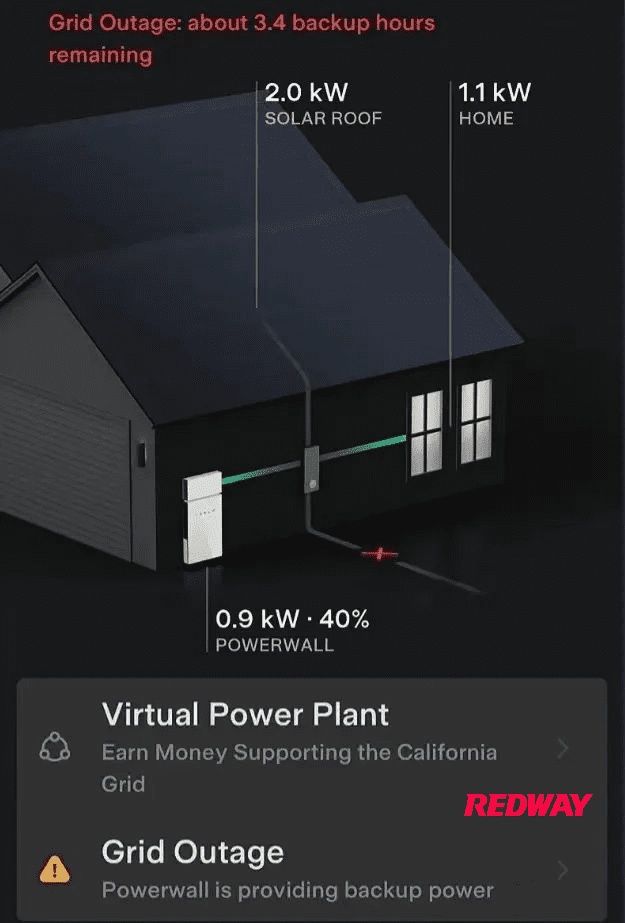
During Powerwall’s participation in VPP services, residential users can receive a benefit of $2 per kWh. Additionally, residents can preset a reserve battery State of Charge (SOC) through the app. While engaging in VPP services, Powerwall can also serve as emergency backup power for the home.
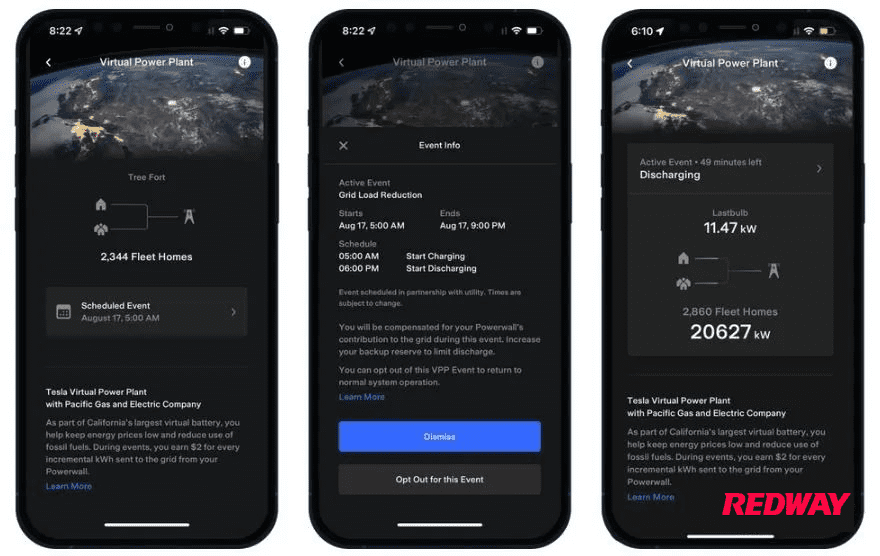
#post_seo_title
Before Powerwall engages in VPP services, residential users receive a push notification informing them of the time period during which Powerwall will participate in the VPP service. Residents can proactively charge Powerwall in advance to prepare for its participation in the upcoming VPP service.

#post_seo_title
The notification may be pushed one day in advance or on the same day. Upon receiving the VPP service notification, users can also choose not to participate in the VPP service through the app.
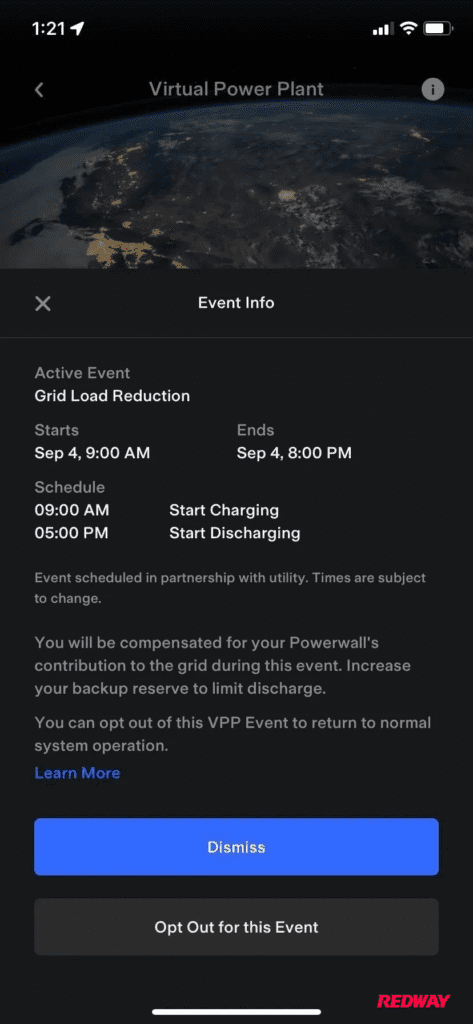
#post_seo_title
At the start of Powerwall’s participation in VPP, residential users receive a push notification reminding them of the end time of this VPP service. During the VPP service, when Powerwall discharges to support the grid, it continues until the end of the VPP service period or until the battery SOC reaches the minimum reserve. Powerwall stops discharging. After the conclusion of this VPP service, Powerwall automatically returns to its normal operation.
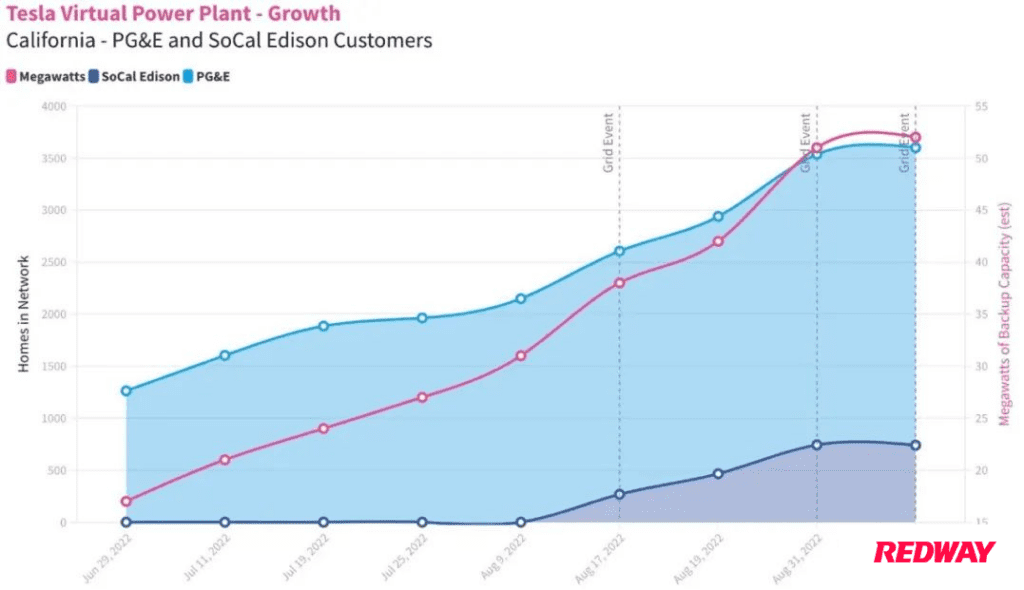
#post_seo_title
The number of Powerwall users participating in VPP services with California Pacific Gas and Electric (PG&E) and Edison Power continues to grow significantly.
Tesla provides annual earnings to residents who participate in VPP services with Powerwall. According to statistics, each user, on average, earns $20 per participation in the VPP service.
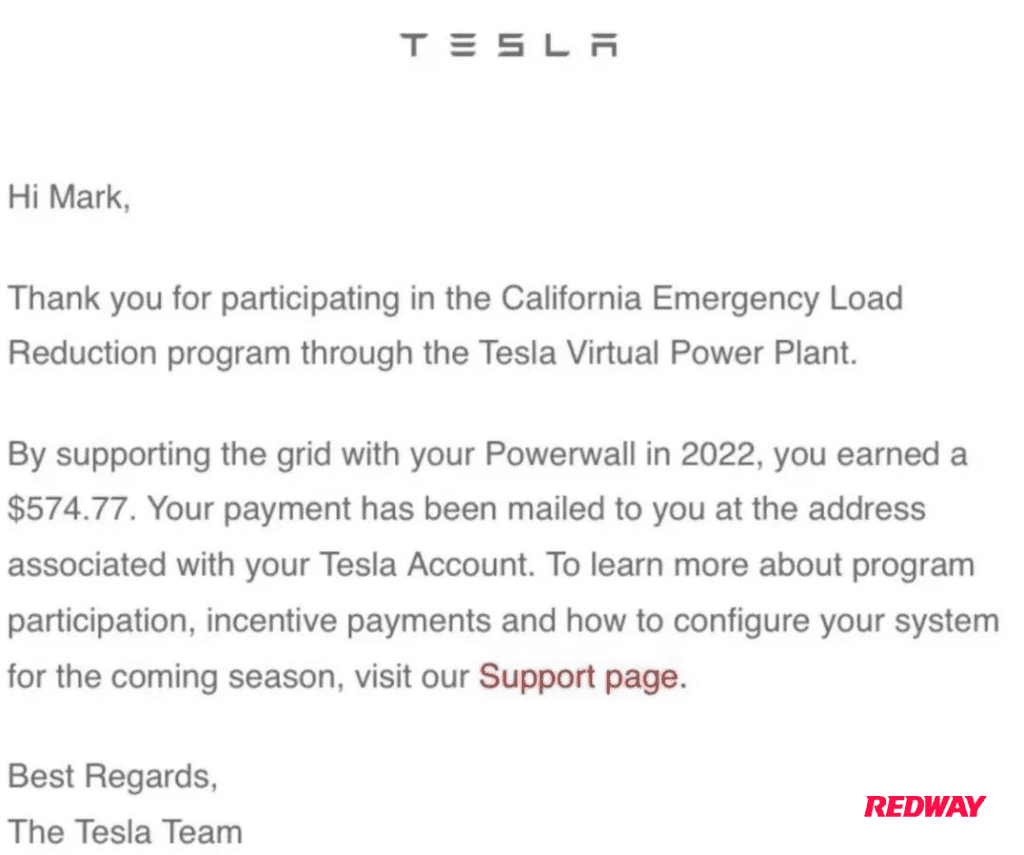
#post_seo_title
In August 2023, the Texas Public Utilities Commission approved the commencement of Powerwall’s VPP service in two cities in Texas, discharging to the Texas grid during peak power demand. Users participating in the Texas VPP service earn $10 per Powerwall each month to offset their electricity bills.
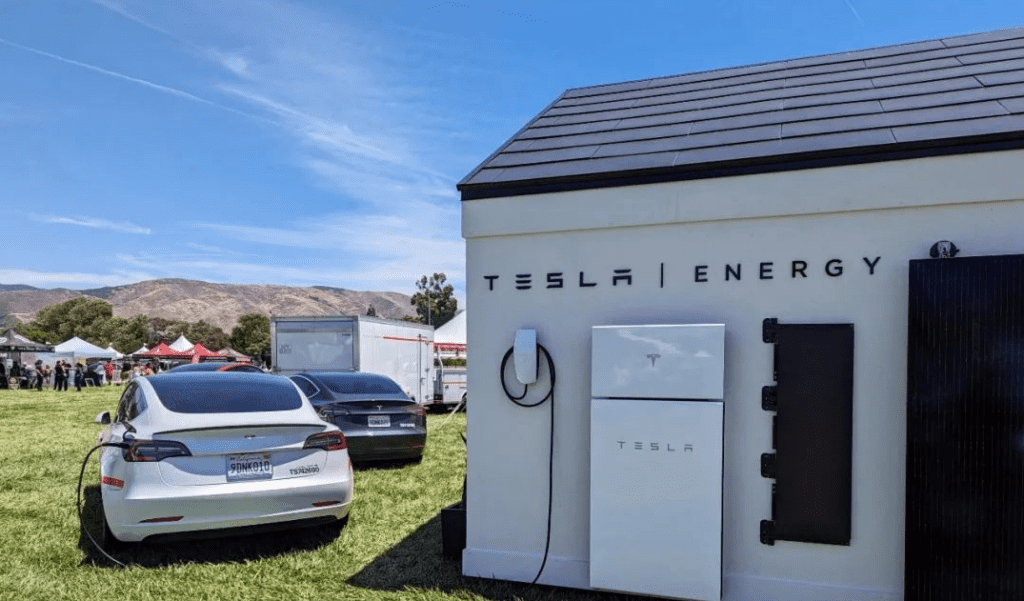
Tesla is also set to launch another VPP in the United States. The company recently partnered with EnergyHub to create what is referred to as the largest VPP in the Northeastern United States for residents in Massachusetts, Connecticut, and Rhode Island. Recently, the Puerto Rico power company LUMA has been granted approval to collaborate with Tesla in constructing a VPP in Puerto Rico to support the unstable grid during heatwaves.
2. Powerwall’s VPP Applications in Australia
As an example of Tesla’s VPP deployment in South Australia, up to the present, Tesla has initiated four phases of VPP applications based on Powerwall, making it the largest VPP virtual power plant in all of Australia.
Phase 1 (100 units): In 2017, Tesla initiated a VPP pilot project in South Australia. The pilot project involved the installation of 100 solar and Tesla Powerwall home battery systems in properties managed by the South Australian Housing Authority (SAHA). The pilot project was successful, demonstrating the technical capabilities of the system operating as a VPP.
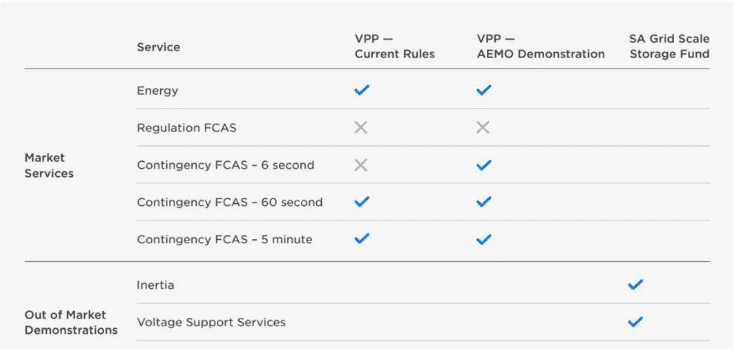
#post_seo_title
Phase 2 (1000 units): In 2018, Tesla expanded its VPP in South Australia to 1000 systems. The expansion of the VPP was funded by the Australian Renewable Energy Agency (ARENA) and the South Australian government. The expanded VPP is capable of providing energy to the grid and ancillary services for emergency frequency control (FCAS).
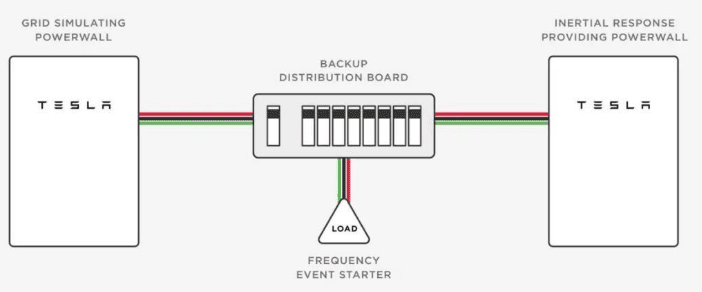
#post_seo_title
Phase 3A (3000 units): An additional 3000 solar and Tesla Powerwall home battery systems were added to Housing SA homes, expanding on the previously installed 1100 systems. The Phase 3A is designed to showcase the technical capabilities of VPP in providing voltage support, fast frequency response (FFR) (response time less than 1 second), and inertia.
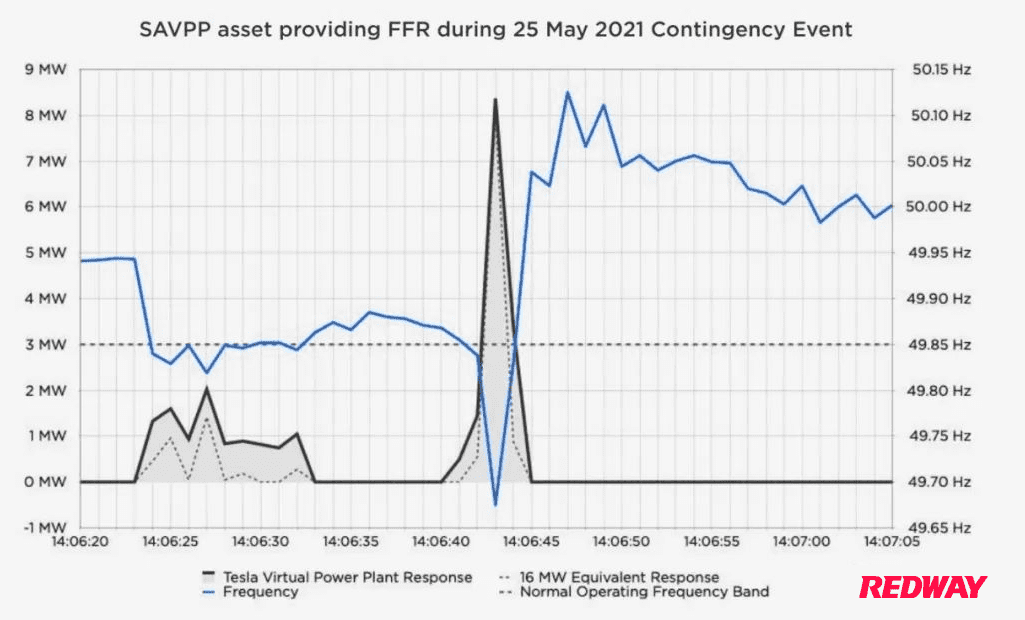
#post_seo_title
Phase 3B (1000 units): An additional 1000 solar and Tesla Powerwall home battery systems were added to private residences in South Australia. Phase 3B aims to showcase the technical capabilities of VPP in providing voltage support, fast frequency response (FFR) (response time less than 1 second), and inertia.
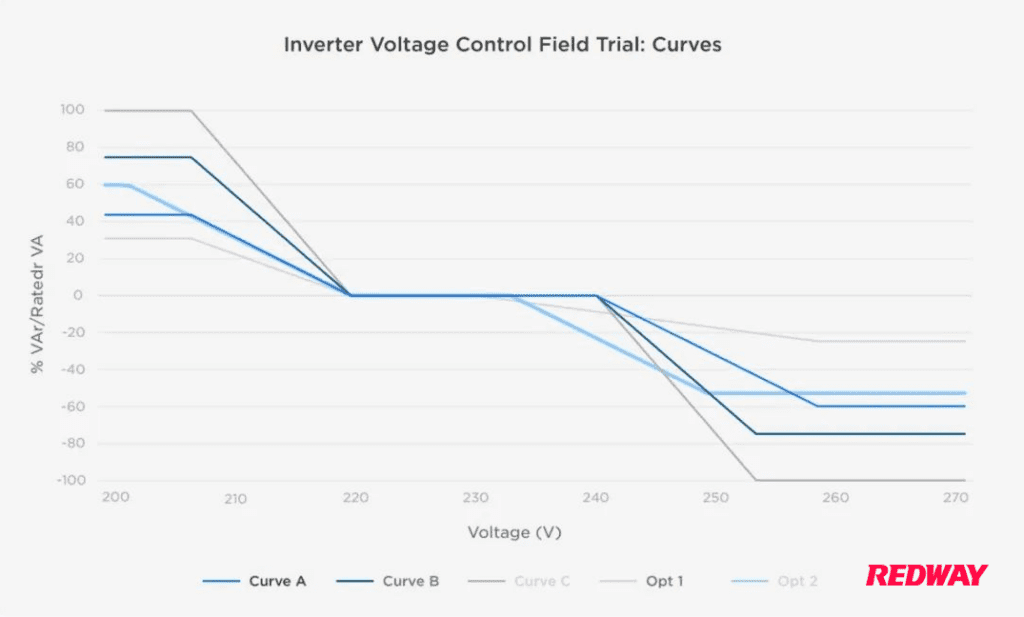
#post_seo_title
Inverter voltage control experimental curve.
Phase 4 (3000 units): The expansion project, costing $33 million, is fully funded by Tesla and will provide over 3000 spots for Housing SA tenants to join a program offering the cheapest residential electricity rates in South Australia. This expansion is expected to save households up to $423 annually, provide backup power, and support the grid with renewable energy.
While residential users can gain benefits when their household storage is used for VPP, the battery cycle count increases compared to normal usage. In the Tesla Energy Plan introduced in Australia, Tesla has implemented two corresponding measures. The maximum discharge cycles for VPP use are limited to 50 cycles per year, and the Powerwall participating in VPP applications has its warranty extended to 15 years.
3. Powerwall’s VPP Applications in Japan
In Miyako Island, Okinawa Prefecture, the Virtual Power Plant (VPP) project utilizing Tesla’s home battery Powerwall was launched in 2021, with the number of units installed on the island exceeding 300.
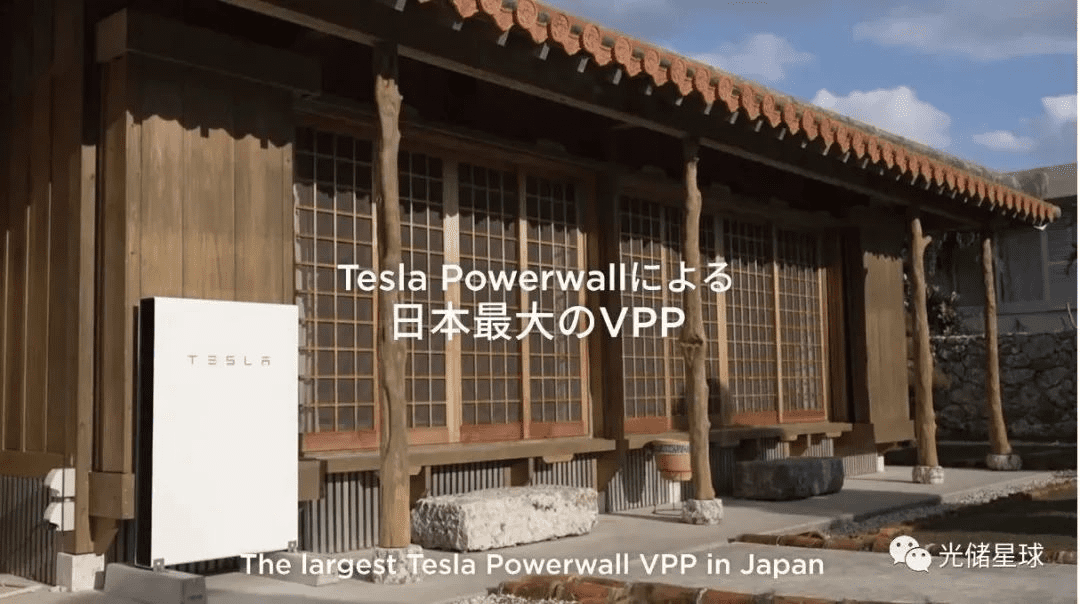
#post_seo_title
This marks the first commercial use of Powerwall in a VPP project in Japan and is also the largest commercial VPP utilizing home batteries in the country.
When there is tension between power supply and demand on Miyako Island, the electricity generated by solar power is stored in Powerwall before the critical period and discharged from Powerwall to homes during the tense period. This not only benefits households with Powerwall installations but also contributes to the stability of the power supply on Miyako Island and stabilizes the overall electricity supply. In addition, in the event of a power outage due to a typhoon or other reasons, Powerwall will provide power to the installed homes, preventing power outages in those households.
Concluding Remarks
Based on the positive significance of VPP virtual power plant applications with a large amount of distributed energy, the primary impact is on the power grid rather than end-users. Thus, globally, the markets leading in VPP applications are mostly in regions with unstable power, especially in island countries such as Australia, the United States, the United Kingdom, Japan, and others. In contrast, the power system in our country is stable, and the demand for millions of distributed energy sources to participate in grid frequency regulation and reactive voltage support is not as urgent, or it may not be the optimal choice. Even though the long-awaited basic rules for the trial operation of the electricity spot market have temporarily boosted the concept of virtual power plants, looking back, market-driven forces remain the strongest logic for sustained demand, rather than belated policy guidance.

